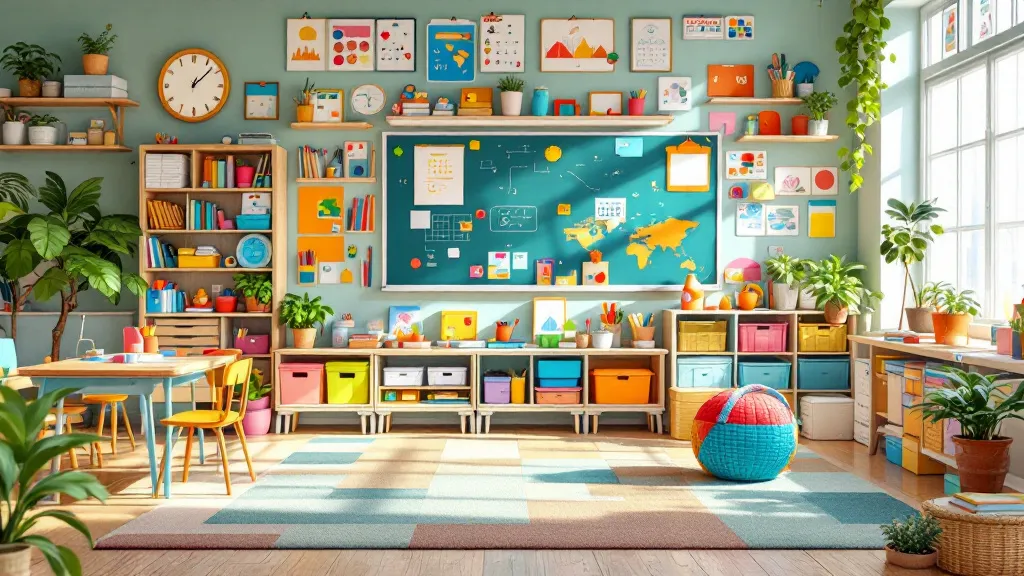Building a DIY Sensory Table for Autism
Unlock boundless potential with a DIY sensory table for autism. Discover materials, activities, and play ideas for sensory exploration.
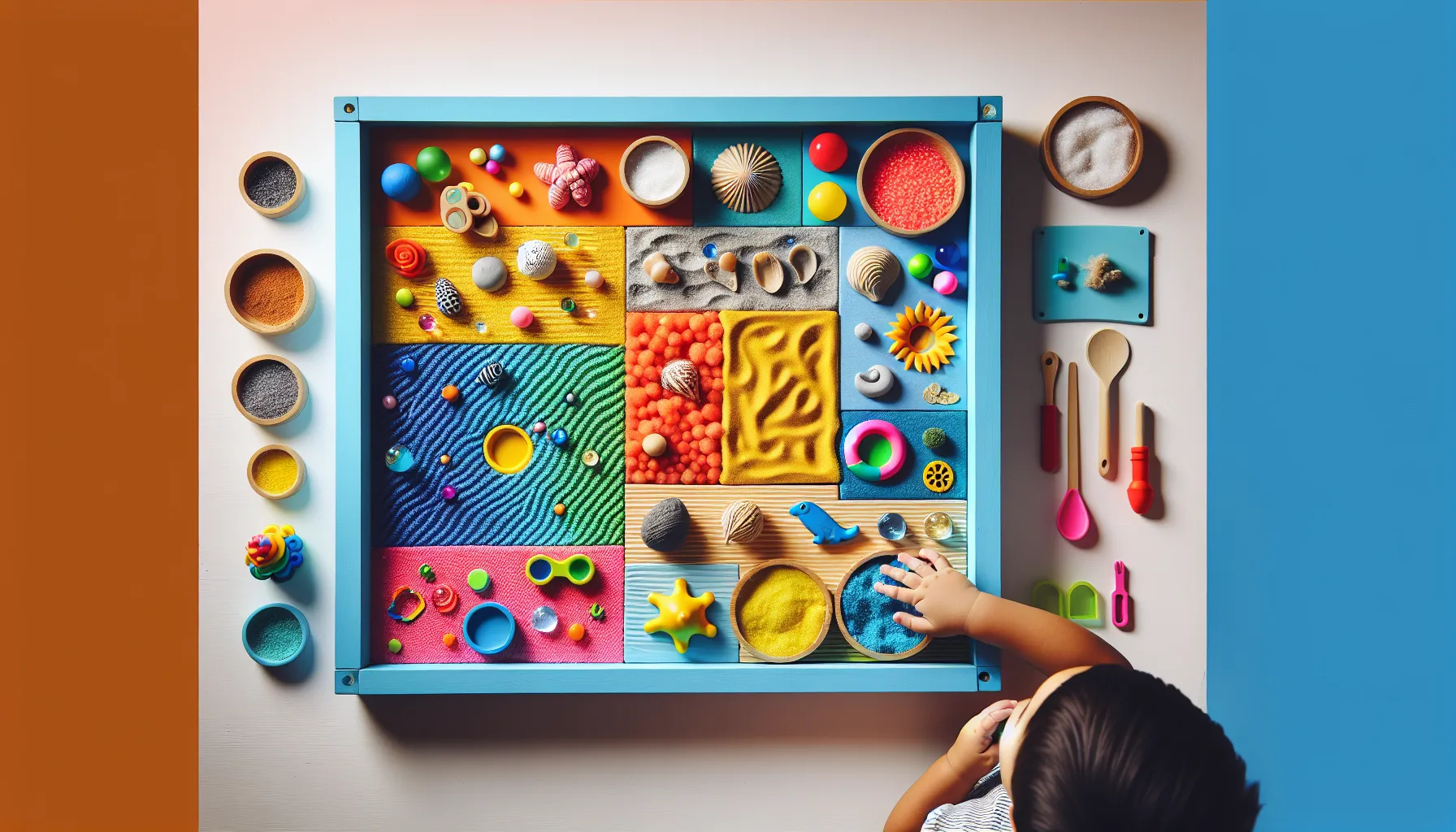
Understanding Sensory Tables
Sensory tables are valuable tools that facilitate sensory play, which is essential for the development and learning of individuals, particularly those with autism. These tables provide a dedicated space for engaging in sensory activities and exploration. Let's explore the importance of sensory play and the benefits that sensory tables offer.
Importance of Sensory Play
Sensory play is a critical aspect of early childhood development, as it allows individuals to engage their senses and make sense of the world around them. For children with autism, sensory play can be particularly beneficial in promoting sensory integration, improving focus and attention, and developing fine motor skills.
Through sensory play, individuals can explore different textures, colors, sounds, and scents, which helps in building connections in their brain and enhancing cognitive abilities. It also encourages social interaction, creativity, and problem-solving skills. Furthermore, sensory play can provide a calming and therapeutic effect, helping individuals with autism regulate their emotions and reduce anxiety.
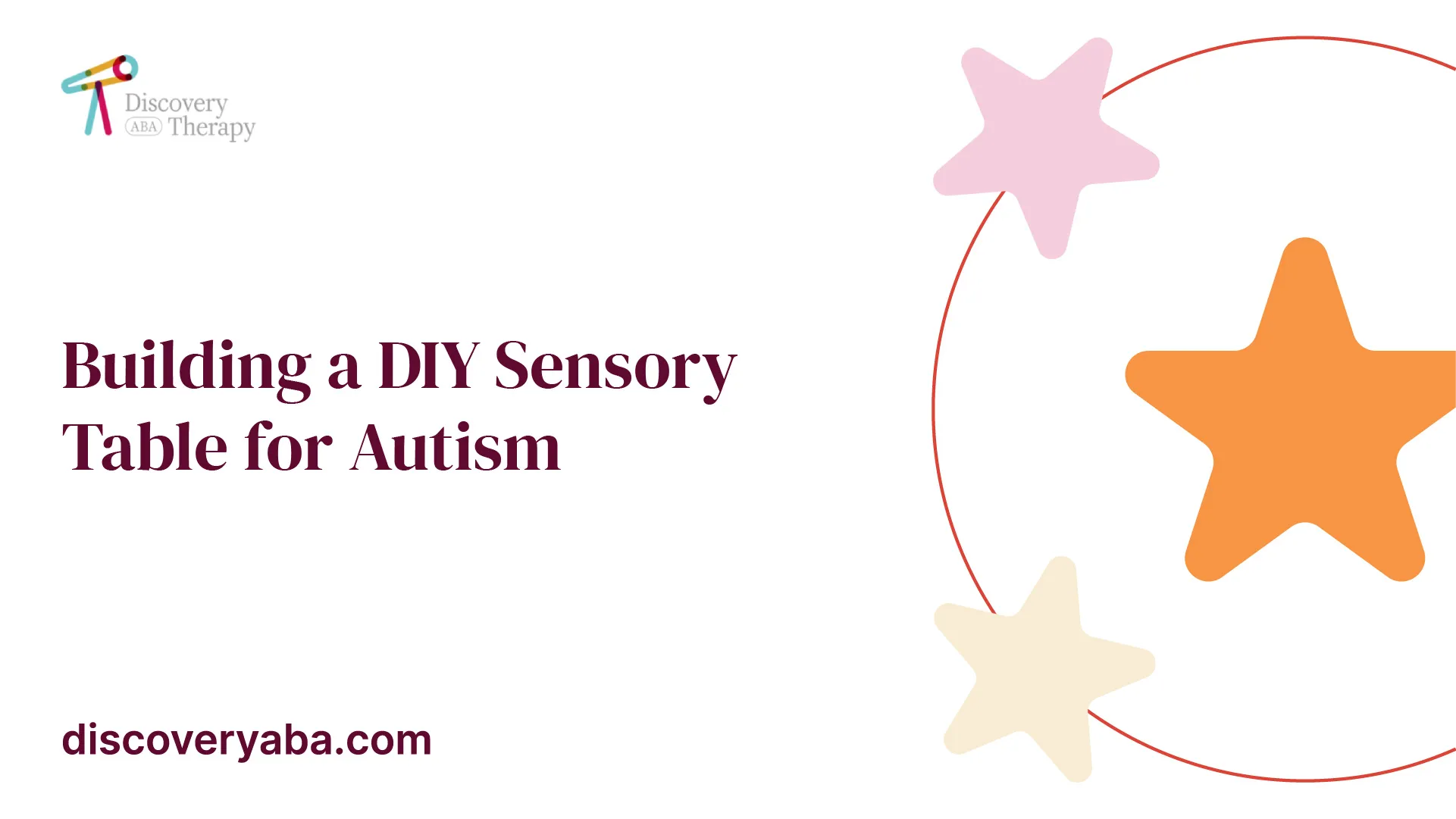
Benefits of Sensory Tables
Sensory tables serve as a versatile and interactive tool for sensory play, offering numerous benefits for individuals, including those with autism. Here are some of the advantages of incorporating sensory tables into learning and play environments:
- Engagement and Exploration: Sensory tables provide a designated space for children to immerse themselves in hands-on exploration. They can touch, feel, and manipulate various materials, stimulating their senses and fostering curiosity.
- Sensory Integration: Sensory tables allow individuals to experience different sensory stimuli simultaneously, facilitating sensory integration. This integration helps individuals process sensory information more effectively and adapt to their environment.
- Fine Motor Skill Development: Manipulating and handling sensory materials within a sensory table promotes the development of fine motor skills. Pouring, scooping, and picking up objects help strengthen hand-eye coordination and dexterity.
- Language and Communication: Sensory play encourages verbal and non-verbal communication. As children engage with sensory materials, they may describe what they are experiencing, ask questions, or engage in cooperative play with peers, promoting language development.
- Imagination and Creativity: Sensory tables provide an open-ended and imaginative play experience. By interacting with different textures, materials, and props, individuals can create their own narratives, fostering creativity and imaginative thinking.
- Emotional Regulation: Sensory play can have a calming and soothing effect on individuals with autism, aiding in emotional regulation. Engaging in sensory activities can help reduce anxiety and provide a safe outlet for self-expression.
By understanding the importance of sensory play and the benefits that sensory tables offer, individuals, parents, and educators can create enriching environments that promote learning, engagement, and overall well-being for individuals with autism.
Designing a DIY Sensory Table
Creating a DIY sensory table for individuals with autism can be a rewarding and beneficial project. It provides a platform for engaging sensory play and promotes various developmental skills. To get started, you will need specific materials and follow step-by-step instructions to build the sensory table.
Materials Needed
Before embarking on your DIY sensory table project, gather the following materials:
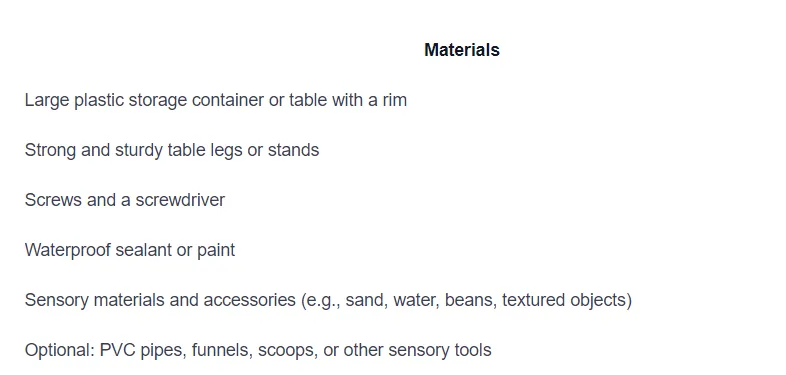
Ensure that the materials you choose are safe, durable, and appropriate for the sensory experiences you plan to provide.
Step-by-Step Instructions
Follow these step-by-step instructions to build your DIY sensory table:
- Prepare the container or table: If using a plastic storage container, measure and mark the desired height for the table legs or stands. Attach them securely using screws and a screwdriver. If using a table with a rim, ensure it is sturdy and at an appropriate height for comfortable use.
- Seal or paint the container or table: Apply a waterproof sealant or paint to protect the surface from moisture and sensory materials. This step is crucial to ensure the longevity of your sensory table.
- Add sensory materials: Fill the table with a variety of sensory materials and accessories. Consider incorporating elements such as sand, water, beans, or textured objects to provide diverse tactile experiences. Customize the sensory materials based on the individual's preferences and sensory needs.
- Optional enhancements: For added sensory exploration, you can attach PVC pipes or funnels to create pathways for water or other materials. Include scoops, containers, and other tools that encourage interaction and manipulation.
- Ensure stability and safety: Double-check that the table legs or stands are securely fastened. Regularly inspect the table for any loose screws or damaged parts. Place the sensory table in a safe and accessible location, ensuring adequate supervision during use.
By following these instructions, you can create your own DIY sensory table for individuals with autism. Remember to adapt the design and sensory materials based on the unique needs and preferences of the individual using the table.
Sensory Table Ideas for Autism
When creating a sensory table for children with autism, it's important to consider the specific sensory needs and preferences of each individual. Here are some ideas for sensory materials, textures, and play themes that can be incorporated into a DIY sensory table for autism.
Sensory Materials and Textures
A variety of sensory materials and textures can be used in a sensory table to provide a range of tactile experiences. Some options to consider include:
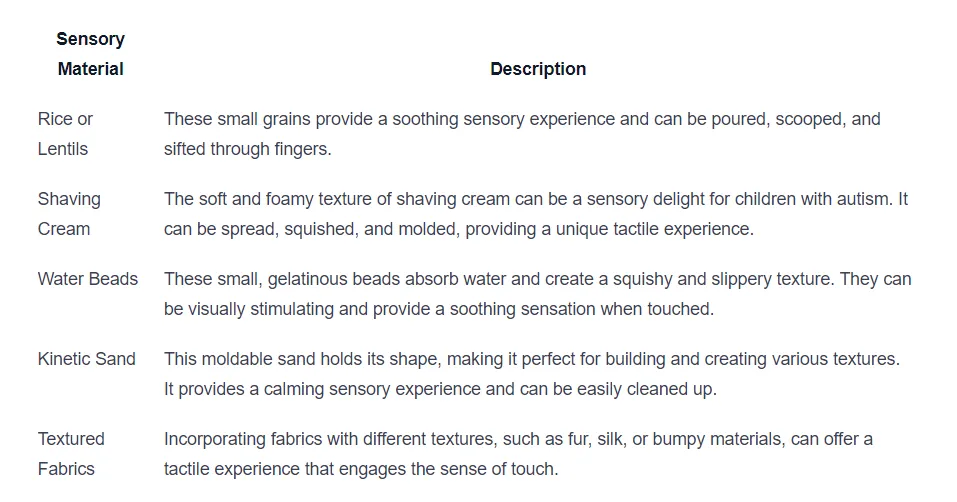
Incorporating Play Themes
In addition to sensory materials and textures, incorporating play themes can enhance the sensory experience for children with autism. Play themes provide context and can help stimulate imagination and creativity. Here are some ideas for play themes that can be integrated into a sensory table:
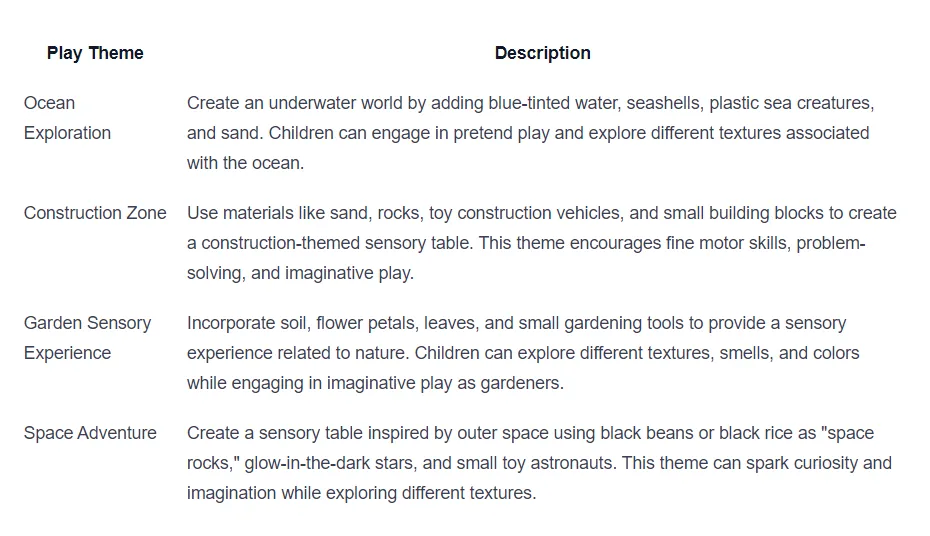
By incorporating a variety of sensory materials, textures, and play themes, a DIY sensory table for autism can provide a rich and engaging sensory experience for children. It's important to observe and understand the individual needs and preferences of each child to tailor the sensory table accordingly.
Sensory Table Safety Considerations
When building a DIY sensory table for autism, it's important to prioritize safety to ensure a positive and secure sensory experience. Here are two key considerations for sensory table safety: choosing safe materials and maintaining proper supervision and maintenance.
Choosing Safe Materials
Selecting the right materials for your DIY sensory table is crucial to ensure the well-being of individuals with autism. Here are some guidelines to follow when choosing materials:
- Table Structure: Opt for a sturdy and stable table that can withstand the weight and movements of the users. Avoid sharp edges or corners that may pose a risk of injury.
- Tabletop Surface: Use materials that are smooth, non-toxic, and easy to clean. Consider using materials such as non-toxic paints, laminates, or sealants to create a safe and hygienic surface.
- Containers and Bins: Choose containers or bins that are durable, non-breakable, and free from sharp edges. Ensure they are large enough to accommodate sensory materials without the risk of spillage or overflow.
- Sensory Materials: When selecting sensory materials, prioritize safety and appropriateness for individuals with autism. Avoid materials that may cause allergic reactions, are choking hazards, or contain small parts that can be swallowed. Keep in mind any specific sensitivities or allergies of the individuals who will be using the sensory table.
Supervision and Maintenance
Proper supervision and maintenance are essential to ensure the ongoing safety of the sensory table. Here are some important considerations:
- Supervision: Always have a responsible adult present during sensory table activities, especially when working with individuals with autism. This ensures that any potential risks or issues can be addressed promptly. The supervising adult should have a good understanding of sensory play and be capable of providing guidance and support as needed.
- Cleaning and Sanitization: Regularly clean and sanitize the sensory table, including the materials and containers used. This helps prevent the spread of germs or bacteria and ensures a hygienic environment for sensory play. Follow appropriate cleaning protocols for the materials used, considering any specific cleaning instructions provided by manufacturers.
- Regular Inspections: Conduct regular inspections of the sensory table to identify and address any safety concerns. Check for any wear and tear, loose parts, or damage that may compromise the safety and functionality of the table. Repair or replace any faulty components promptly.
By considering safety when choosing materials and maintaining proper supervision and maintenance, you can create a secure and enjoyable sensory experience for individuals with autism. Remember, safety should always be a top priority when engaging in sensory play activities.
Sensory Table Activities
A sensory table provides a versatile platform for engaging and stimulating sensory experiences for individuals, including those with autism. Here are some sensory play ideas and educational activities that can be incorporated into your DIY sensory table.
Sensory Play Ideas
- Water Play: Fill the sensory table with water and add various objects like cups, funnels, and sponges. This allows individuals to explore different water textures and develop motor skills.
- Sensory Bins: Create themed sensory bins using materials like rice, sand, or dried beans. Add small toys, scoops, and measuring cups for individuals to explore textures, practice fine motor skills, and engage in imaginative play.
- Slime and Playdough: Provide different colored slimes or playdough for tactile exploration. Add tools like cookie cutters, rolling pins, and molds to enhance creativity and sensory engagement.
- Sensory Bottles: Fill clear bottles with a variety of materials like colored water, glitter, or small objects. Secure the lids tightly and allow individuals to shake, rotate, and observe the contents for visual and auditory stimulation.
- Sensory Painting: Offer painting activities using various textures, such as painting with brushes, sponges, or even hands. Incorporate different colors and textures like sand or rice to enhance the sensory experience.
Educational and Therapeutic Activities
- Letter or Number Recognition: Fill the sensory table with colored rice or sand and hide magnetic letters or numbers. Encourage individuals to search for and identify the hidden letters or numbers, promoting early literacy and numeracy skills.
- Sorting and Matching: Provide sensory materials like colored pom-poms, buttons, or beads. Ask individuals to sort and match them based on color, shape, or size, promoting cognitive skills and hand-eye coordination.
- Sensory Writing: Use a tray filled with salt, sand, or shaving cream. Encourage individuals to practice writing letters, numbers, or shapes with their fingers, providing a multisensory approach to learning.
- Counting and Measurement: Fill the sensory table with materials like beans, marbles, or blocks. Ask individuals to count or measure using measuring cups or scales, promoting mathematical concepts and fine motor skills.
- Science Experiments: Create sensory science experiments by combining materials like baking soda and vinegar, colored water and oil, or cornstarch and water. These hands-on experiences engage individuals in scientific exploration and understanding.
Remember to adapt the activities based on the individual's preferences, abilities, and sensory sensitivities. Providing a safe and stimulating environment through sensory play and educational activities can support the development and engagement of individuals with autism.
References
Does Your Child Have An Autism Diagnosis?
Learn More About How ABA Therapy Can Help
Find More Articles
Contact us
North Carolina, Nevada, Utah, Virginia
New Hampshire, Maine
Arizona, Colorado, Georgia, New Mexico, Oklahoma, Texas
.avif)







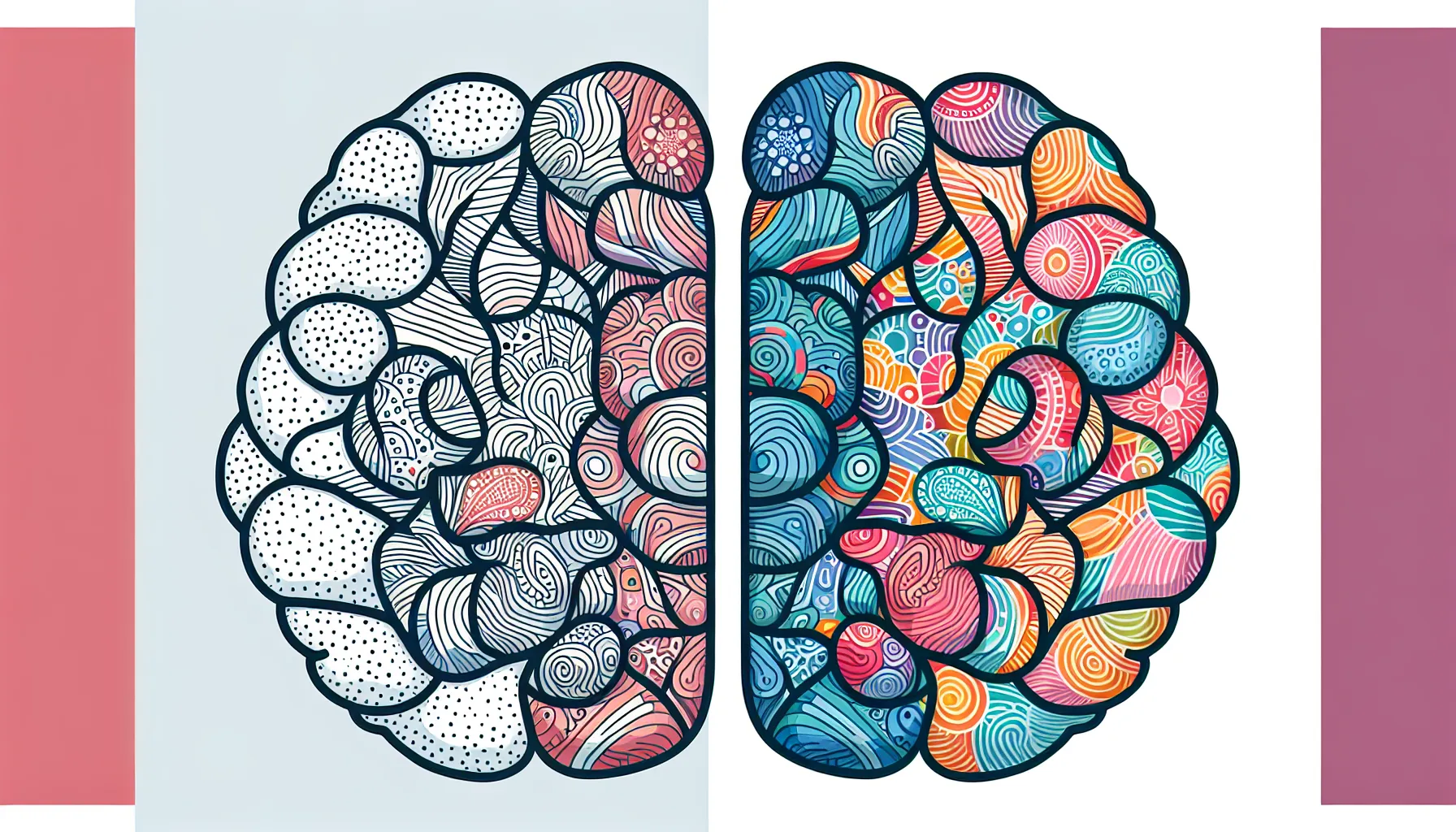









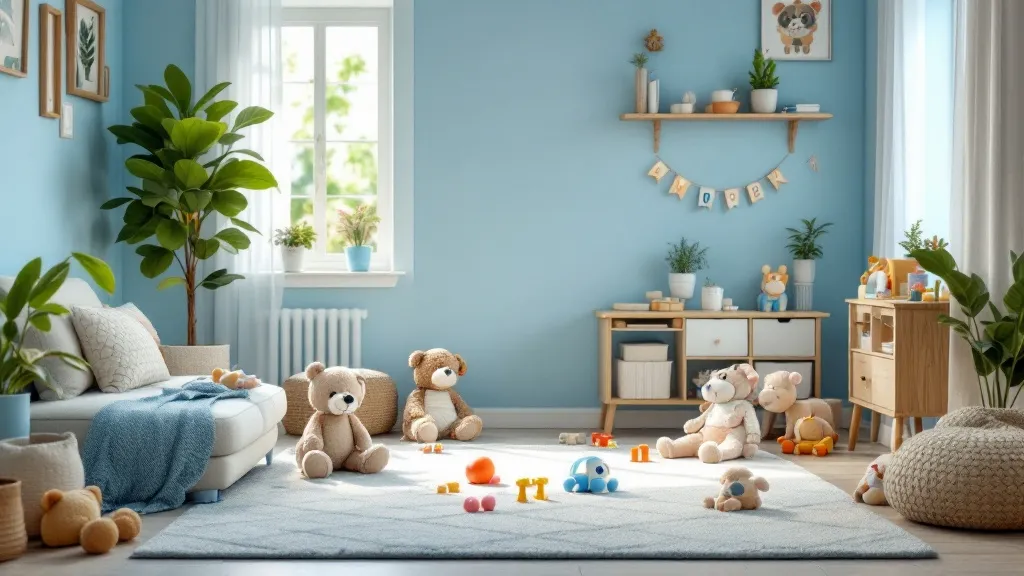

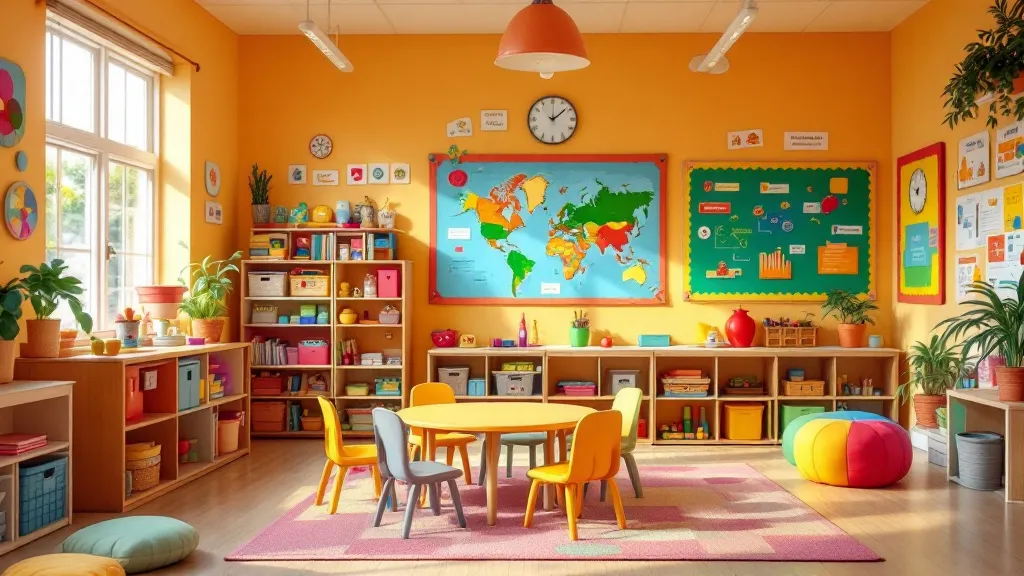


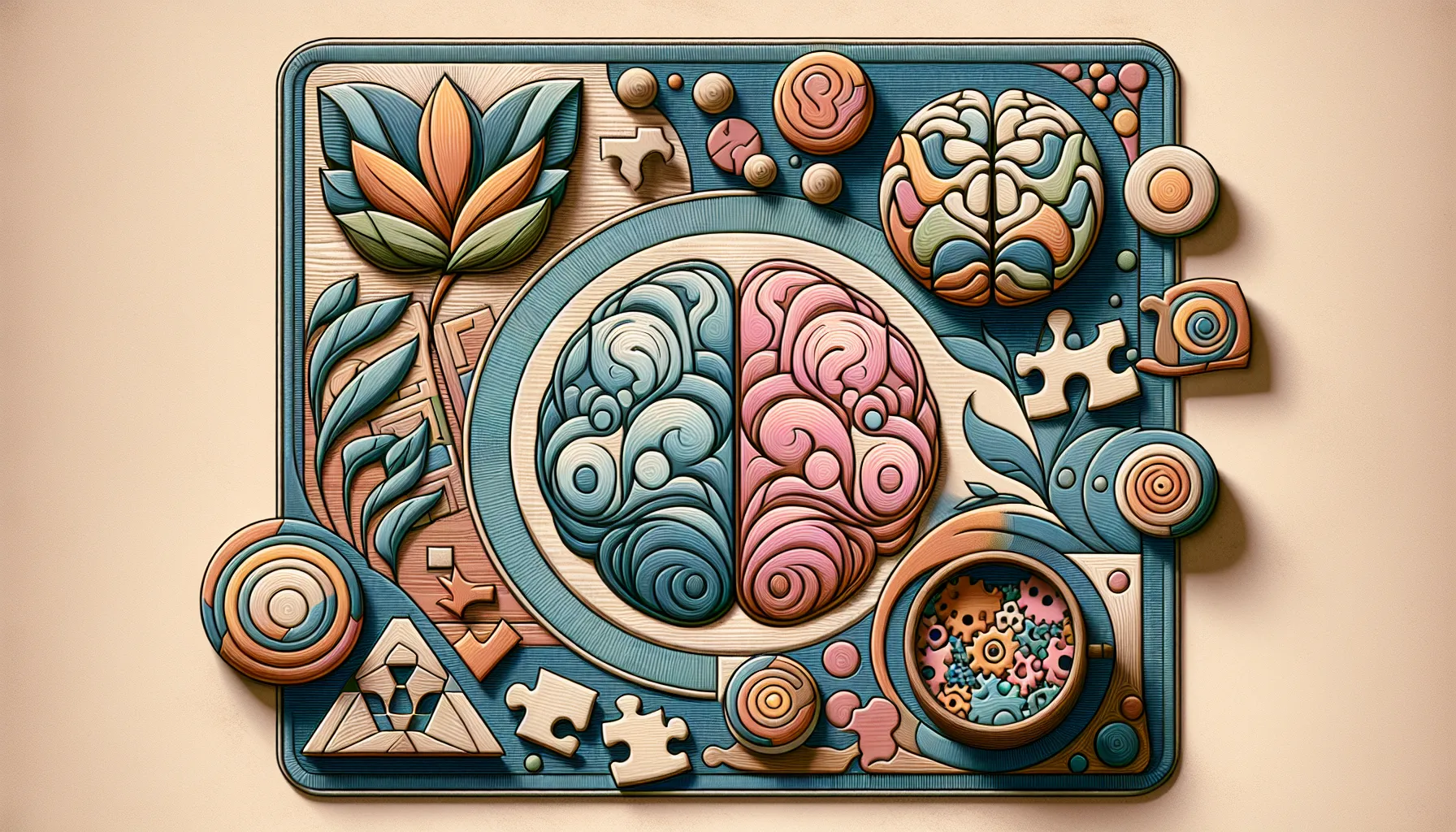





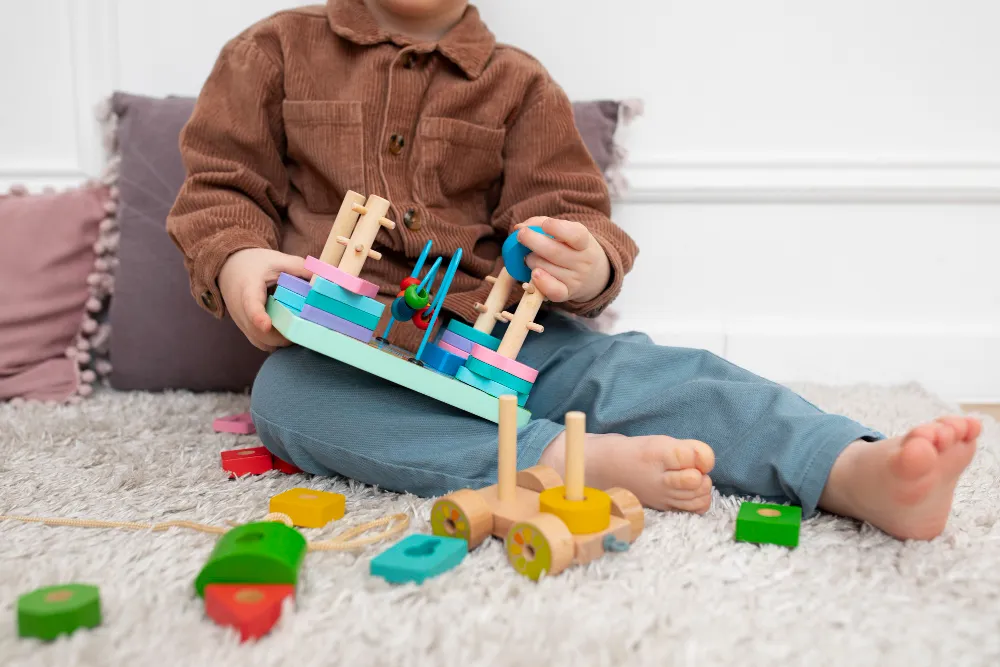















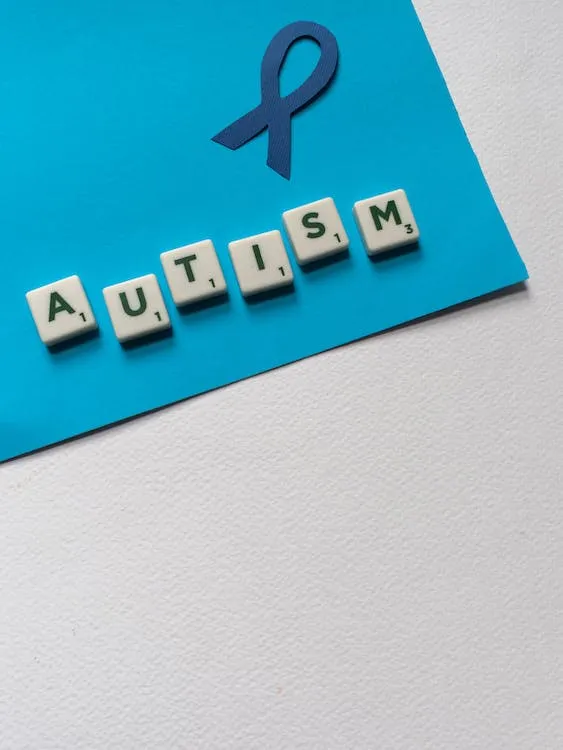











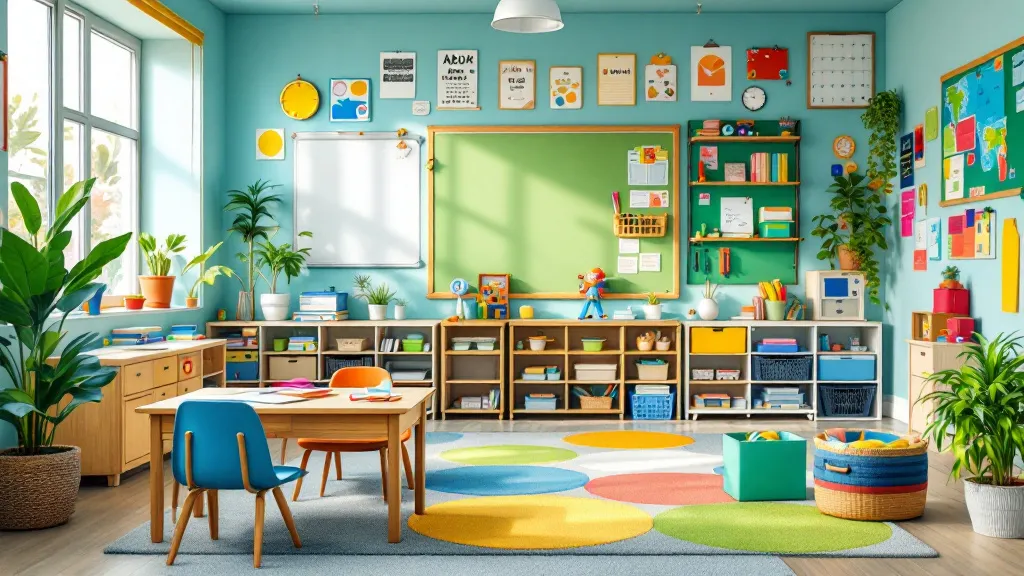





.webp)





























